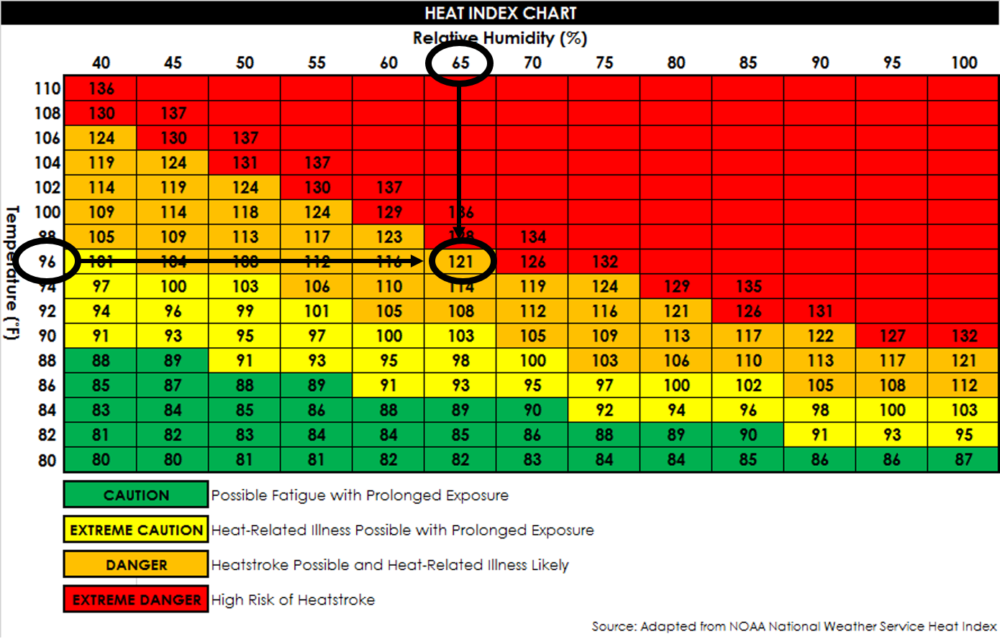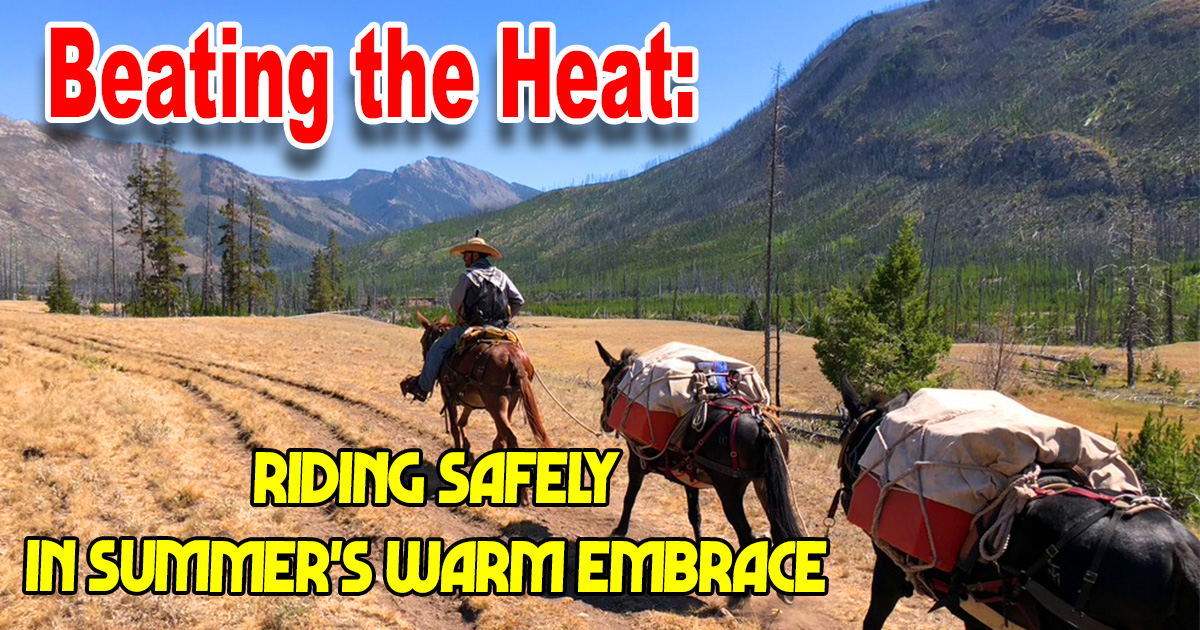Hey there, summer is finally here, and it’s the perfect time to soak up those long, sunny days with some epic rides. But before you saddle up and hit the trails, let’s take a moment to chat about the real risks of riding in scorching temperatures. Trust me; you don’t want to underestimate the dangers of heat stress, exhaustion, and strokes, as they can seriously jeopardize your horse or mule’s well-being and even their life.
Now, let’s talk about the signature elements of summer: heat and humidity. The Effective Temperature or Heat Stress Index test is a handy trick to gauge if environmental conditions might lead to heat-related issues. It’s as simple as adding the ambient temperature and the relative humidity. So, when the sum of these two numbers reaches around 150 degrees Fahrenheit, it’s time to exercise caution. And if it approaches 180, it’s a clear sign to postpone any intense or prolonged riding activities to prevent critical heat buildup.

Remember old Ben Franklin’s wise words? “An ounce of prevention is worth many pounds of cure.” When it comes to horse care, prevention largely boils down to conditioning. Keeping your equine buddy in good shape during the winter and spring helps them acclimate more smoothly to the higher temperatures and increased physical demands of summer. So, starting your conditioning efforts well before summer kicks in is crucial.
Fun Facts:
Here’s a fun fact many horse owners overlook: only about a quarter of the energy used by a horse’s muscles translates into actual movement. The remaining three-quarters? It’s wasted heat that becomes quite a challenge for horses to dissipate in hot and humid weather. That’s where a solid conditioning program comes into play. It helps your trusty steed become more efficient at eliminating that excess heat. horses and humans rely on sweating to cool down, but out-of-shape horses tend to work up a foamy lather that contains lots of vital electrolytes, which doesn’t evaporate easily. On top of that, overweight horses struggle even more because that extra layer of fat traps the heat inside.
Oh, and here’s an interesting tidbit: different horse breeds handle heat differently. Those muscular Quarter Horses have a tougher time dissipating internal body heat than lighter breeds like Arabians. It’s something to keep in mind!
And there’s more: as your horse gets fitter, their working muscles won’t generate as much heat. That means less sweating, fluid loss, and electrolyte depletion. In other words, the horse becomes a pro at conserving and utilizing those essential electrolytes and minerals, resulting in less salt lost through sweat. Plus, the sweat itself changes consistency, becoming thinner and evaporating more easily, which means better cooling for your equine buddy’s skin.
Ultimately, with a good dose of common sense, a sensible conditioning schedule, and the ability to spot the warning signs of heat stress, you and your horse can safely navigate the hot summer months. So go out there, enjoy the ride, and stay cool!
To learn more about trail riding and camping with horses, check out www.TrailMeister.com. It’s a great resource for all things related to horseback adventures as well as the world’s largest guide to horse trails and camps.


